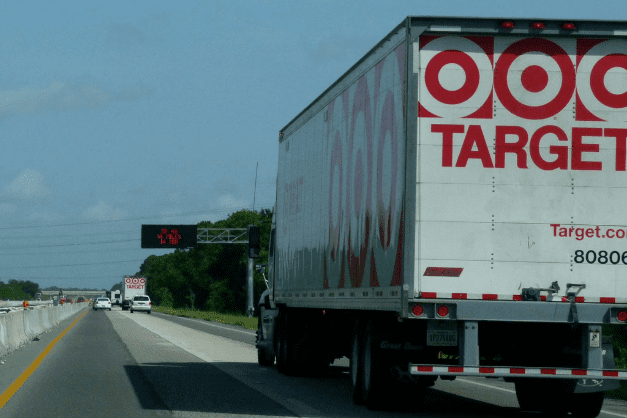In this article
Photo Credits: Rusty Clark
With more and more people shopping online, especially during the COVID-19-induced lockdowns, retailers, logistics players, and other stakeholders are competing not just on various goods, but also delivery time. The quicker a last-mile delivery, the higher the customer satisfaction and chance for repeat orders. E-commerce companies, logistics businesses, and supply chain stakeholders are all working towards making 24-hour or same-day deliveries a reality across the globe. Staying with the times, Target, too, plans to invest $100 million to expand next-day delivery over the next three years as one of the country’s largest retailers works to compete with Amazon and Walmart.
Minneapolis-based Target plans to open at least six more sortation centers across the US by the end of 2026, adding to its network of nine centers. The new warehouses will let it fill more online orders, speed up delivery and cut down on shipping costs. The investment builds on the retailer’s plan to boost e-commerce sales by speeding up fulfillment, including by using its nearly 2,000 stores across the US as distribution hubs. The facilities handled 26 million packages last year– a figure that Target expects to double this year.
Comparable sales in Target’s digital channels inched up 0.3% in the third quarter of 2022, the latest period the company has reported, compared with 29% growth in the same period in 2021. Comparable-store sales rose 3.2% in the quarter, versus 9.7% a year earlier. Despite slowing growth, online orders make up a substantial portion of Target’s sales. About 20% of the retailer’s business in the third quarter (2022) was online, and stores were handling about 95% of fulfillment.
Target is one of several retailers using stores to fill orders to help manage inventory, as well as the high costs of last-mile delivery. Others include Walmart, Best Buy, and Nordstrom. The retailer has been expanding its logistics footprint and building on its acquisition of grocery delivery startup Shipt in 2017 for $550 million.
Key Takeaways
Target, like other large chains across the US, is following the global omnichannel trend. While many shoppers prefer to shop in-store at the Targets and Walmarts of the world, e-commerce also undeniably is a large channel for these companies. Clearly, focusing on ensuring faster delivery schedules can convert to higher sales volume for many such players.
The strategy to boost quicker delivery is one way for retailers to compete with Amazon’s massive nationwide logistics network that offers same-day, next-day, and two-day delivery as well. All these players are trying to ship small parcels over the shortest possible distance in the fastest turnaround time, a metric very important to shoppers. In the future, with delivery and fulfillment times becoming shorter, companies with fast delivery options stand to benefit.
Want to stay up-to-date on the latest logistics news? Subscribe to the Manifest newsletter to get industry updates, insights, and Logixboard announcements delivered straight to your inbox every week.
